Since 1990, when democracy was restored in Bangladesh, the country has done a tremendous job enrolling approximately 9 million girls in school, with nearly 3 million of those girls attending school in madrassas. For those unaware of madrassa education, these are traditional Islamic schools, often poorly resourced and located in more rural settings. The general public often imagines madrassa to be regressive and culpable in spreading extremist ideology and providing a breeding ground for terrorism across the country. These images have led many madrassa to reform and modernize their curriculum.
Madrassa today are structured in one of two ways: Aliya and Qaumi. Aliya madrassas are supported by the state with a modified Dars-e-Nizami curriculum (which was established in India by Mulla Nizamudin Sihalwi and spread across the Indian subcontinent and beyond) with the inclusion of general education courses. Aliya madrassas are also known as mainstream madrassas, providing graduates with an education roughly equivalent to a general education, allowing Aliya graduates to compete for university admission and jobs. The Qaumi madrassas, on the other hand, operate based on donations and charity outside state support and recognition. As Qaumi madrassas are not recognized by the state, our knowledge of the scope of entry into higher education and the job market by graduates is very limited.
Girls’ education within the madrassa system is an important issue because the large number of enrolled girls suggests that many religiously-minded parents prefer to send their daughters to madrassas instead of conventional schools. Conversations with parents and previous studies indicate that parents often think that madrassas are safer for girls because of the strict gender segregation and norms as per Islamic rules.
Although approximately 3 million girls in Bangladesh are enrolled in madrassa schools, the majority will not complete secondary school or transition to university, and only the smallest percentage will enter the labor market. According to data from the madrassa Education Board of Bangladesh and informal conversations with madrassa teachers, an increasing number of girls attending madrassa drop out each year before completing lower secondary (grade 10) schooling and for those who do go on to upper secondary, a majority do not continue on to tertiary education. Alarmingly, only 3-4 percent of young women in Bangladesh will complete tertiary education and less than 1 percent (0.6 percent) of madrassa girls will join the workforce. So, even though madrassa education may be free of cost in many cases—a traditional barrier many girls face in enrolling in private school barriers related to the quality of girls’ education discourages their retention and completion in madrassas.
One issue is that madrassa education often puts girls’ education as secondary to that of boys. For example, the majority of madrassas around the country use a cloth curtain to divide the boys from the girls in the classroom. In many cases this creates a physical barrier to girls’ education by obstructing girls’ view of the teacher and the blackboard. In addition, only 2-3 percent of teachers are female in the madrassas, and men hold the main decision-maker roles in the madrassas. This sort of schooling environment discourages girls to continue to study through the secondary level.
The Bangladesh government has demonstrated its openness to reform by welcoming initiatives to develop girls’ education in order to achieve the Education for All (EFA) and Millennium Development Goals (MDGs). Many girl-focused projects, such as mentoring and promoting good governance, have been implemented with the support of international agencies, NGOs, and donors. But few, if any, of these education actors have directly attempted to work with these school leaders to develop girls’ education in these more conservative settings.
Since 2010, the Empowerment and Human Development Society (EHDS), the organization that I founded in 2009 and currently chair, has stepped in to fill this gap. Drawing on nearly 15 years of experience as an administrator, social activist, and entrepreneur, and with the support of the U.S. Department of State, EHDS has worked with 300 madrassas around the Sylhet region of Bangladesh through the project “Improving English Instructions in Sylhet’s madrassas.” In this project, EHDS has focused primarily on improving teaching methodology in madrassa and on awareness raising campaigns about girls’ empowerment to madrassa administrators and English teachers. Through this intensive involvement, we have found that the lack of government, NGO, and local leaders’ support of girls’ education may contribute to the high rates of dropout among girls in madrassas. Unlike government and NGO schools, girls in madrassas do not benefit from sponsored life skills or vocational training programs. These communities and parents are not targeted or approached with education and awareness campaigns about girls’ empowerment and the value of education and skill development. Additionally, madrassa schools are not systematically monitored, and thus girls attending these schools are not getting the support and interventions from relevant individuals and organizations that are important for their school continuation and completion. With only half of Bangladeshi girls attending madrassas completing their secondary education, systemic interventions must be given urgent attention.
During my time at Brookings as an Echidna Global Scholar my research will focus on understanding the current approaches and challenges to providing girls’ education in madrassas in Bangladesh. My research aims to identify strategies for reducing dropout rates among girls, increasing completion rates, and improving the quality of education girls receive in these challenging settings. Ultimately, this new area of research will serve to inform pathways for engagement with madrassas by policymakers, so that all actors delivering education in the country are promoting girls’ completion of secondary school and all girls are able to access quality learning and skill development opportunities.
The Brookings Institution is committed to quality, independence, and impact.
We are supported by a diverse array of funders. In line with our values and policies, each Brookings publication represents the sole views of its author(s).

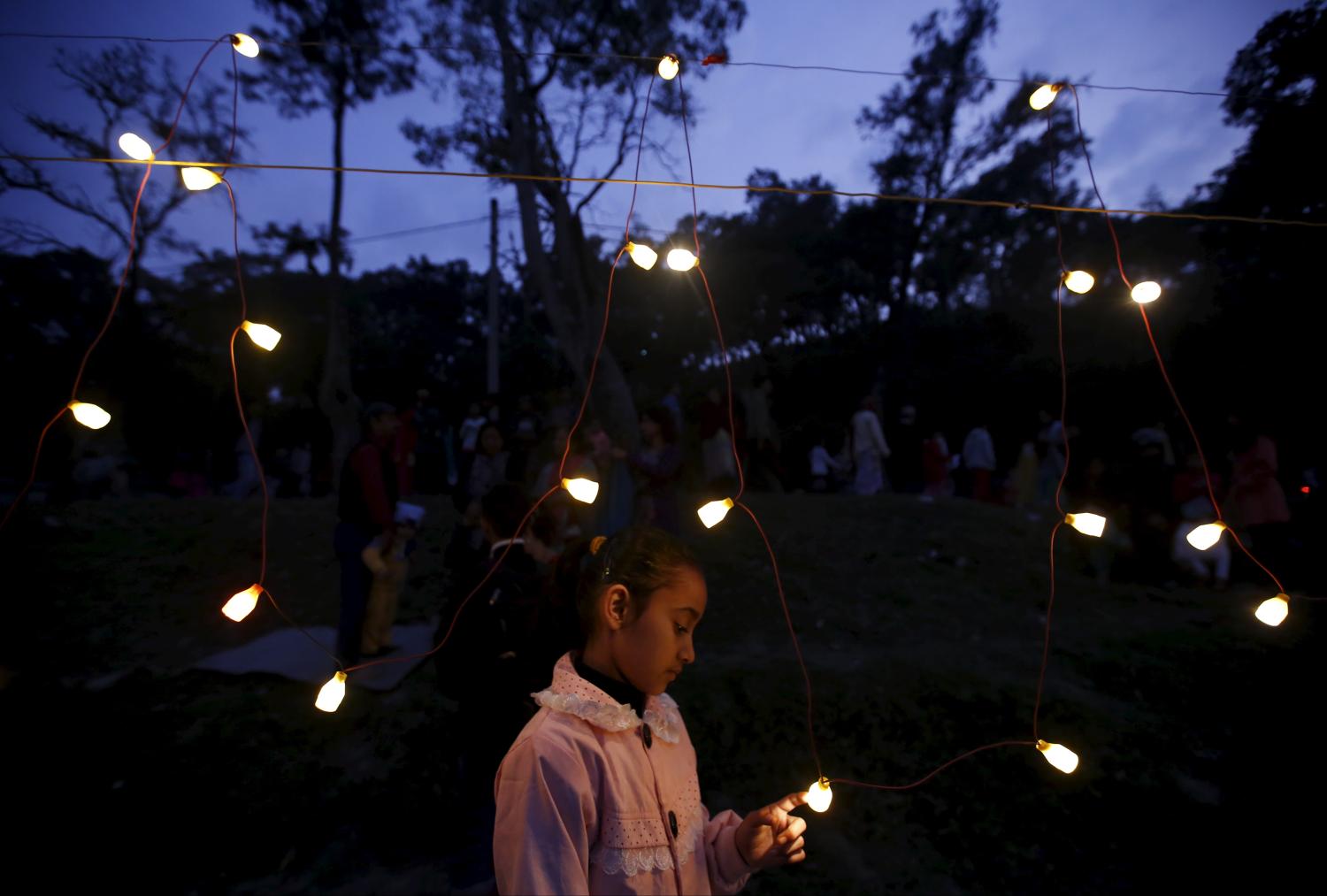
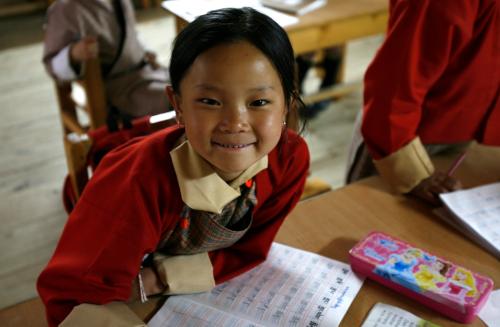
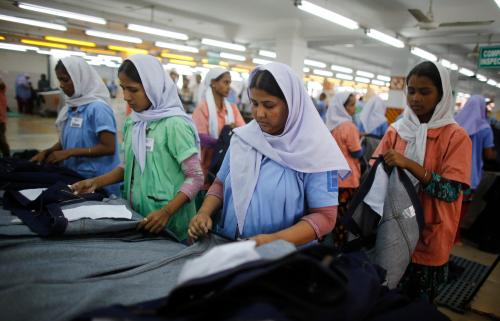
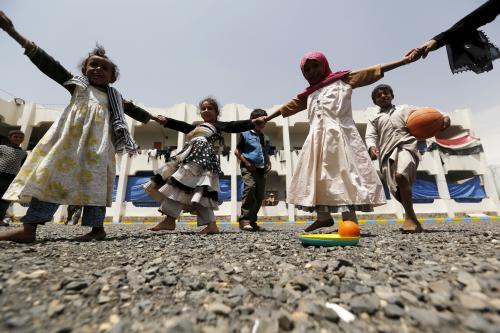


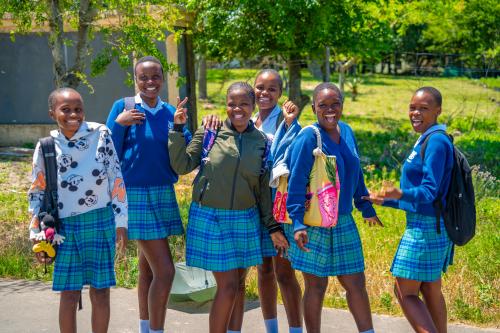
Commentary
Challenges and opportunities of providing girls education in madrassas
September 29, 2015